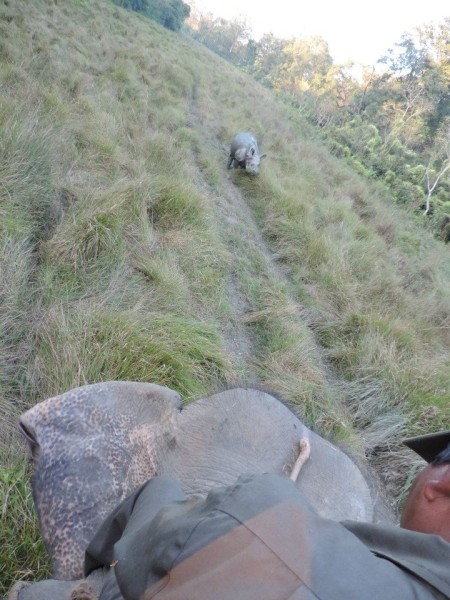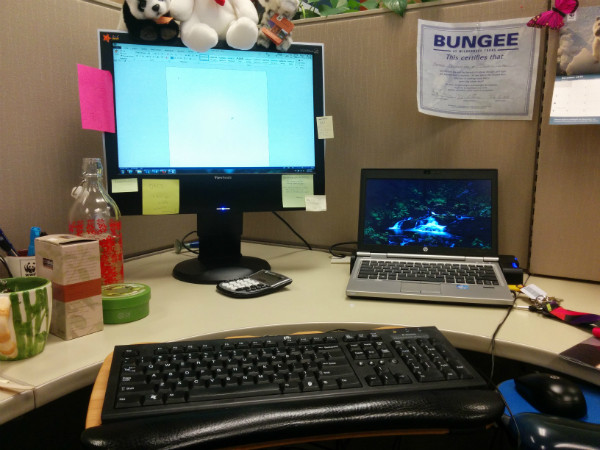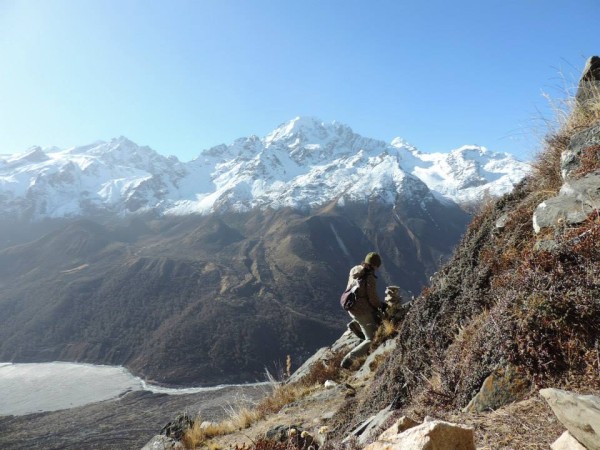A journey to Nepal
At WWF-Canada, I get to spend my days surrounded by inspiring people, doing amazing work, and contributing to some ground breaking conservation successes. There’s only one problem – my job at WWF looks less like this:
And more like this:
Sometimes I feel the itch to get out in the field, which is why Steph Morgan and I, with the support of our phenomenal bosses, planned a personal vacation to visit WWF-Nepal and see the incredible work being done to protect tigers and snow leopards.
I can’t say enough good things about my experience in Nepal. For a small country it has incredibly diverse and stunning landscapes. On more than one occasion I found myself overwhelmed by its beauty.
But what stuck out the most for me was how incredible the people are. Everyone we met was warm, welcoming and friendly.
Over our month long trip we got to see a diverse range of conservation initiatives, both in the low lands with the Terai Arc Landscape program and the mountains with the Sacred Himalayan Landscape program. Some of the work was very close to what I was expecting to see – things like camera trap networks to monitor tiger populations, and volunteer survey teams. But we quickly learned that WWF-Nepal’s work is so much more than that. One thing that really surprised me was how much of the work is 100% people-focused. WWF-Nepal works very closely with communities to ensure that the people have sufficient livelihoods and opportunities, which reduces their need to over exploit the habitats. From what we saw, this focus on the people is working. The community members we met were passionate about and proud of the conservation partnerships they have with WWF-Nepal, and tiger populations are increasing throughout the country. In fact, Nepal is well on track to hit its target of doubling its tiger population by the year 2020 as part of the TX2 initiative.
This trip made me even more proud and grateful to be a part of the WWF family. My only regret is that I didn’t get to see a tiger in the wild. Oh well, that just means I’ll have to go back.




